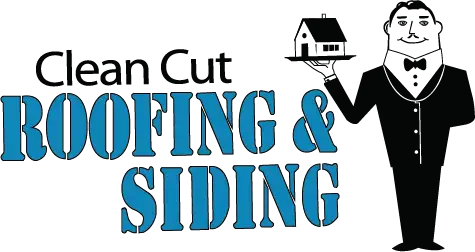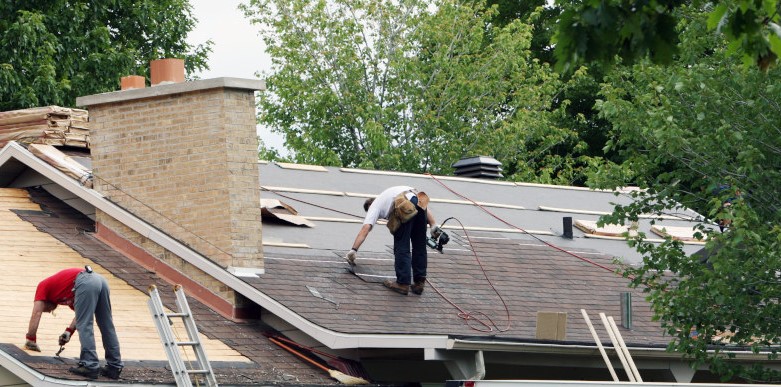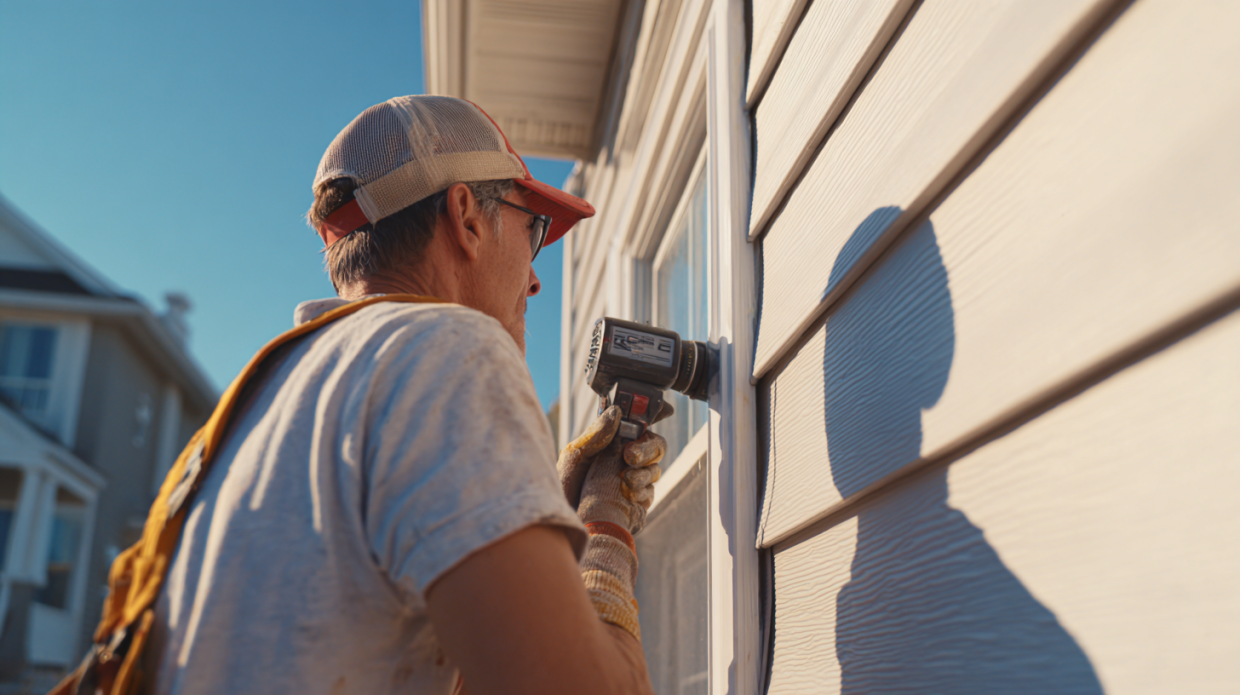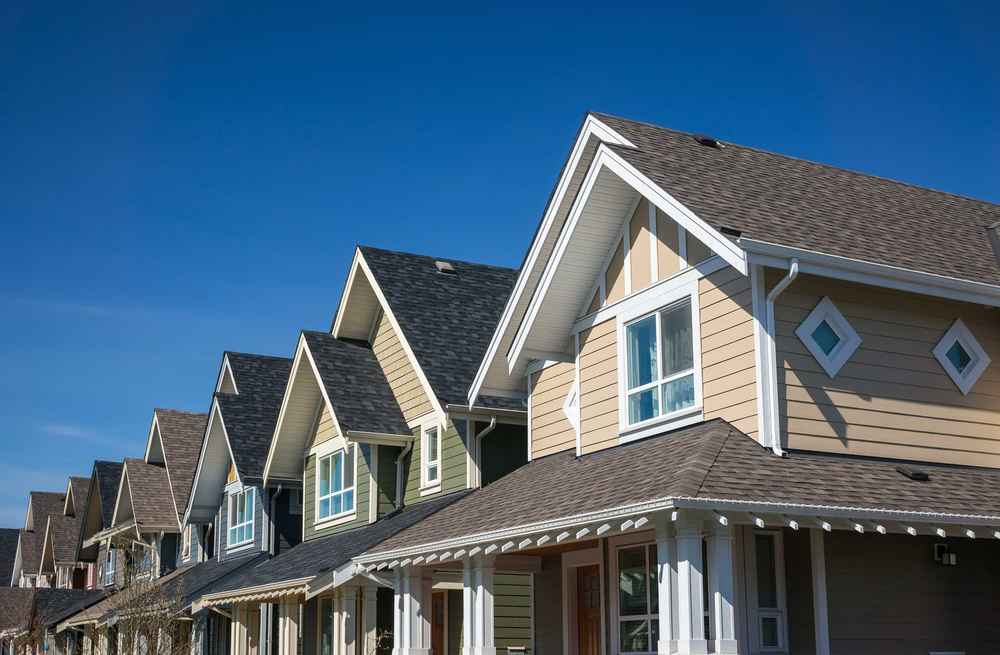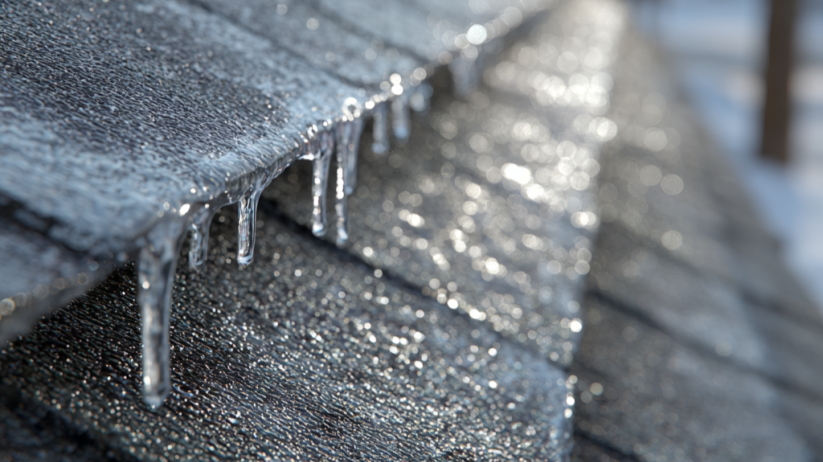If you’ve spent a winter in Cottonwood Heights, you know how heavy snow and ice on the roof can turn from scenic to stressful overnight. Ice dams, melting snow, and freezing nights create the perfect storm for leaks, sagging gutters, and even structural strain. The good news? With the right prevention steps and regular roof maintenance tips, you can stay ahead of the damage.
At Clean Cut Roofing & Siding, we’ve helped Utah homeowners protect their roofs for nearly three decades. Here’s how to prevent roof ice dams, protect your attic from leaks, and keep your roof ready for whatever the next snowstorm brings.
Key Takeaways
- Roof ice dams form when warm attic air melts snow unevenly, causing water to refreeze near the edges, leading to leaks and damage.
- Managing snow and ice on your roof with safe removal methods and proper insulation can save thousands in repairs.
- Proactive roof maintenance tips, like checking ventilation and cleaning gutters, keep your home protected all winter long.
Need help winter-proofing your home? Visit Clean Cut Roofing & Siding to schedule a free inspection before the next storm hits.

How Roof Ice Dams Form and Why They’re Dangerous
When temperatures dip below freezing, roof ice dams are one of the most common causes of winter roof damage in Cottonwood Heights. These ridges of ice build up along your roof’s edge, blocking melting snow from draining properly.
As water gets trapped, it seeps under shingles and freezes again, pushing apart materials, warping decking, and leaking into attics or walls. Over time, this cycle weakens your roofing system, leading to mold, sagging insulation, and even structural issues.
Cottonwood Heights’ steep slopes and high elevation make ice dams particularly aggressive. Roofs here often face rapid temperature swings, heavy snowfall, and strong canyon winds, all of which speed up melting and refreezing. Without proper insulation and ventilation, even new roofs can experience damage.
Recognizing early warning signs, like icicles along eaves, water stains inside, or uneven snow melt, can help you act before a small issue becomes a costly repair.
Smart Steps to Stop Ice Dams Before They Start
Preventing snow and ice on your roof from causing damage starts long before the first storm. Here’s what every homeowner should do to stay protected.
1. Inspect Your Roof Early
Before winter hits, schedule a professional inspection. Look for missing shingles, cracked flashing, or weak spots that could allow water infiltration. Small fixes now prevent big leaks later.
2. Improve Attic Insulation
Uneven roof temperatures are the main culprit behind ice dams. Proper insulation keeps warm air inside your home and stops snow from melting unevenly. Aim for an R-value of 38 or higher for Utah’s climate.
3. Check Ventilation
Good airflow keeps your attic cool and dry. Make sure soffit and ridge vents are clear so air can circulate freely. This reduces condensation and prevents ice buildup.
4. Clean Gutters and Downspouts
Clogged gutters trap melting snow, making it easier for ice to form along the roof edge. Clear out leaves and debris in late fall, and consider installing gutter guards for extra protection.
5. Use Safe Snow Removal Practices
If you see heavy snow and ice on your roof, don’t climb up with a shovel; use a long-handled roof rake from the ground. Remove snow gradually to prevent sudden weight shifts. For large buildups, hire professionals with proper safety gear.
6. Consider Heat Cables or Ice Melt Systems
For homes prone to recurring ice dams, heat cables can create melt channels that allow water to drain safely. They’re especially useful on shaded roofs or areas with poor drainage.
Expert Insights: The Science Behind Roof Ice Dams
Attic Temperature Differences Create Ice Dams
When warm air leaks from your living spaces into the attic, it heats the underside of your roof. This melts snow in the middle, but the edges, still cold, refreeze it, forming a ridge of ice. Balancing attic temperatures stops this cycle.
Insulation and Air Sealing Make All the Difference
Proper insulation keeps heat inside your home while air sealing closes gaps around pipes, chimneys, and attic hatches. Together, they maintain consistent roof temperatures and prevent melting.
Why Gutters and Flashing Matter More Than You Think
Even if your insulation is perfect, poorly aligned gutters or damaged flashing can allow water to pool and refreeze. Routine inspections of these areas are one of the simplest yet most effective roof maintenance tips for winter.
Local Weather Patterns Matter
Cottonwood Heights roofs face some of Utah’s most extreme freeze–thaw cycles. In one day, temperatures can swing from 45°F to below freezing. This repeated expansion and contraction wreaks havoc on older roofs, making professional winter inspections crucial.
By understanding how and why roof ice dams form, you can tackle the root causes, not just the symptoms, and keep your home dry, warm, and damage-free all season long.
Simple Checklist to Keep Your Roof Safe This Winter
A little preparation goes a long way toward preventing snow and ice on the roof from becoming an expensive problem.
- Schedule a fall roof inspection with a certified contractor.
- Add attic insulation and seal air leaks around chimneys and vents.
- Ensure ridge and soffit vents are unobstructed for airflow.
- Clean gutters before and after the first major snow.
- Use roof rakes safely to remove snow buildup.
- Monitor attic temperatures and look for early leaks or water stains.
Each of these steps reinforces your roof’s defenses and gives you confidence knowing your home is ready for winter weather.
If you’d rather skip the ladder and let the pros handle it, our team at Clean Cut Roofing & Siding offers professional inspections, snow removal, and maintenance services designed for Utah’s unique climate.
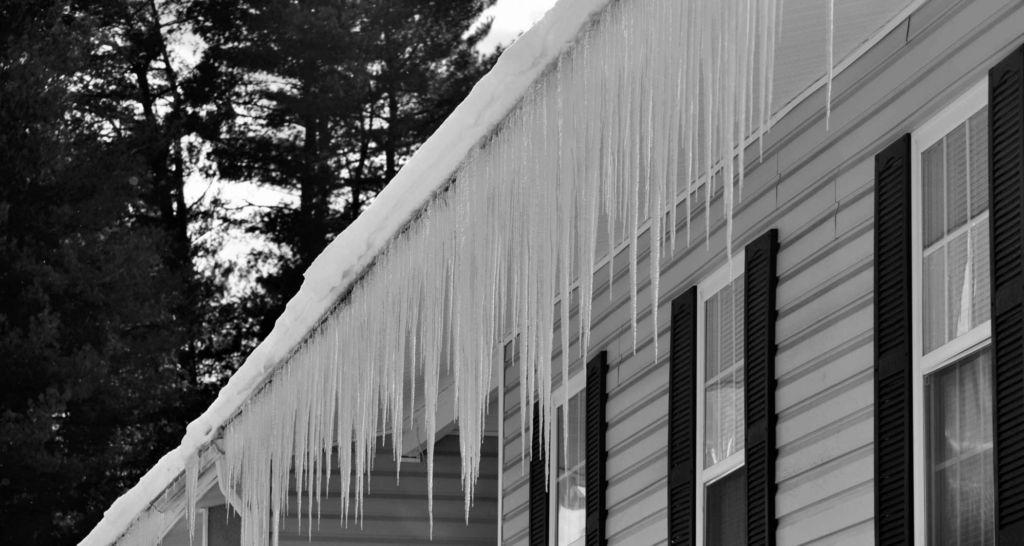
Roof Ice Dams FAQs
What Causes Roof Ice Dams in Cottonwood Heights?
Roof ice dams form when warm attic air melts snow unevenly on your roof, causing refreezing near the edges. This trapped water seeps under shingles, leading to leaks and structural damage.
How Can I Prevent Roof Ice Dams on My Home?
You can prevent roof ice dams by improving attic insulation, ensuring proper ventilation, and keeping gutters clear. Regular inspections from professionals like Clean Cut Roofing & Siding catch small problems before they worsen.
Is It Safe to Remove Snow and Ice on My Roof Myself?
It’s safest to stay on the ground. Use a roof rake to remove snow, but avoid metal tools or climbing on icy roofs. For thick ice or sagging areas, hire professionals equipped for safe removal.
Do Heat Cables Really Work for Preventing Ice Dams?
Yes, when installed correctly. Heat cables help melt narrow channels through ice dams, allowing water to drain, but they work best alongside insulation and ventilation improvements.
How Often Should I Inspect My Roof During Winter?
Check your roof visually after each major snowstorm and schedule at least one professional mid-winter inspection to catch developing issues like trapped moisture or sagging gutters.
Stay Ahead of Winter With Clean Cut Roofing & Siding
Utah winters aren’t gentle, but your roof doesn’t have to suffer. By taking a few preventive steps, insulating, ventilating, and cleaning, you can stop roof ice dams before they start and protect your home from costly water damage.
At Clean Cut Roofing & Siding, we combine local know-how, certified materials, and nearly 30 years of experience to keep homes across Cottonwood Heights safe and secure all year long. From attic upgrades to snow removal, we’re here to help you stay protected.
Schedule your free winter roof inspection today at Clean Cut Roofing & Siding and enjoy peace of mind knowing your roof is ready for whatever Utah weather brings.
